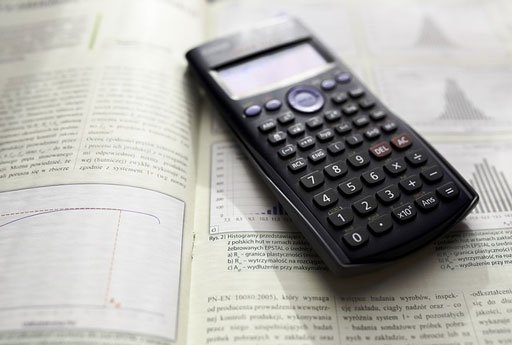Most traders, understandably, rely on their trading platforms to tell them about important numbers such as how much equity is in their account and how much margin is available and how much you’ve used. But knowing how to compute these can be useful in helping you plan your trades.
Margin requirements: – Do you have enough margin in your trading account for a trade that you want to make? Use this simple formula to find out:
Margin Requirement = Units of Currency Traded x Current Price x Margin
To illustrate, let’s say you want to buy 100,000 units of the UK pound, which is currently at US$1.53. The required margin is two percent. Thus: your margin requirement is
100,000 x $1.53 x 0.02 = $3,060
Note that since your allowed leverage ratio is 50:1, the $3,060 has a buying power of $153,000.
What if you had $3,500 in your trading account? How much more GBP could you buy with the remaining $440? Multiply this amount by the allowed leverage of 50 and you get $22,000. Or expressed in terms of units of currency
$22,000/1.53 = 14,379 GBP
Or put in another way, the total number of GBP units you can buy with your $3,500 is
$3,500 x 50/1.53 = 114,379 GBP
How much is a pip worth?
The concept of pips is sometimes confusing to beginning traders. A pip is the smallest price movement that the exchange rate can make. Since exchange rates are expressed to four decimal points, one pip is around .01% of the value of the quoted currency. Put another way, one unit of currency is worth around 10,000 pips. The value of the pip is expressed in the quote currency, i.e. in the GBP/USD one pip is worth 0.0001 USD.
Profits and losses are also expressed in pips. To convert them into your native currency, use the following procedure:
- Determine the profit or loss in pips by subtracting the opening and closing price.
- Multiply this number by the total units of currency you’ve traded. This will give you the total pip difference between the opening and closing price.
- Divide the pip value by the exchange rate if the base currency is your native currency; otherwise, multiply it by the exchange rate.
Content References:
https://en.wikipedia.org/wiki/Margin_%28finance%29 ,
https://mtrading.com/education/
Go one step further with these related books:
- Forex For Beginners
- A Three Dimensional Approach To Forex Trading
- Understanding Price Action: practical analysis of the 5-minute time frame
- Quantitative Trading with R: Understanding Mathematical and Computational Tools from a Quant’s Perspective
- The Death of Money: The Coming Collapse of the International Monetary System
- Economics of Monetary Union


Leave a Reply